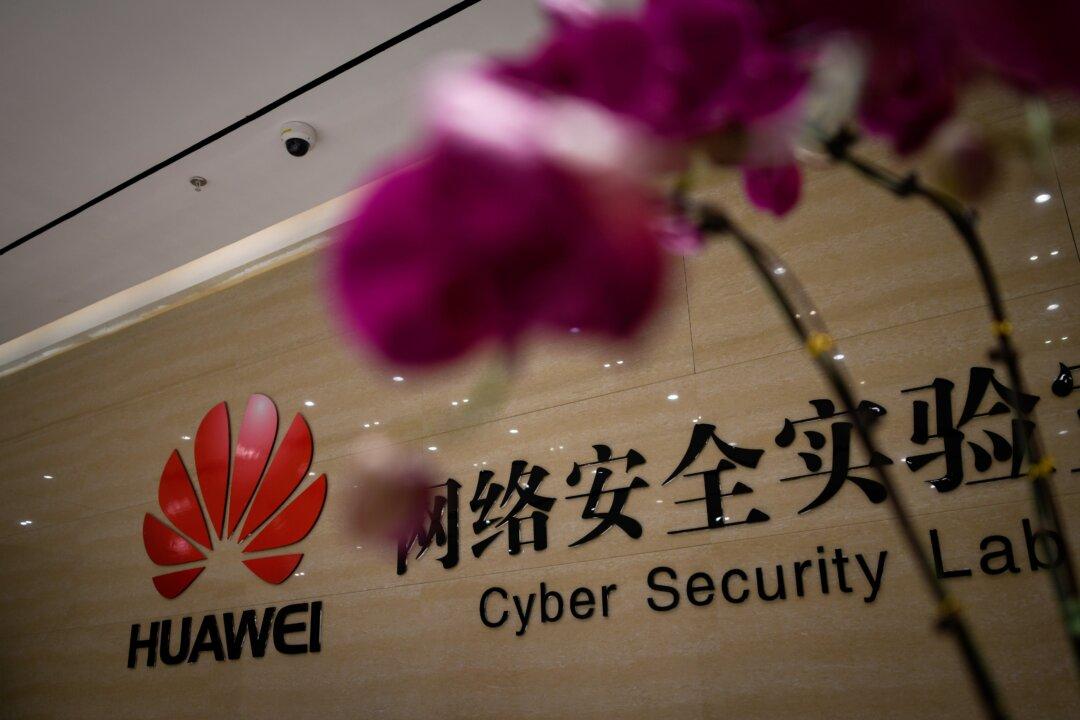Despite the U.S. administration recently enacting an export ban prohibiting U.S. companies from providing technology and equipment to Chinese telecom giant Huawei, company founder Ren Zhengfei boasted that he’s confident the company would still thrive.
At a press conference held by the company for Japanese media on May 18, Ren said the export ban would only affect Huawei’s business slightly because “we actually have foreseen this day for many years, and we do have a backup plan.”





